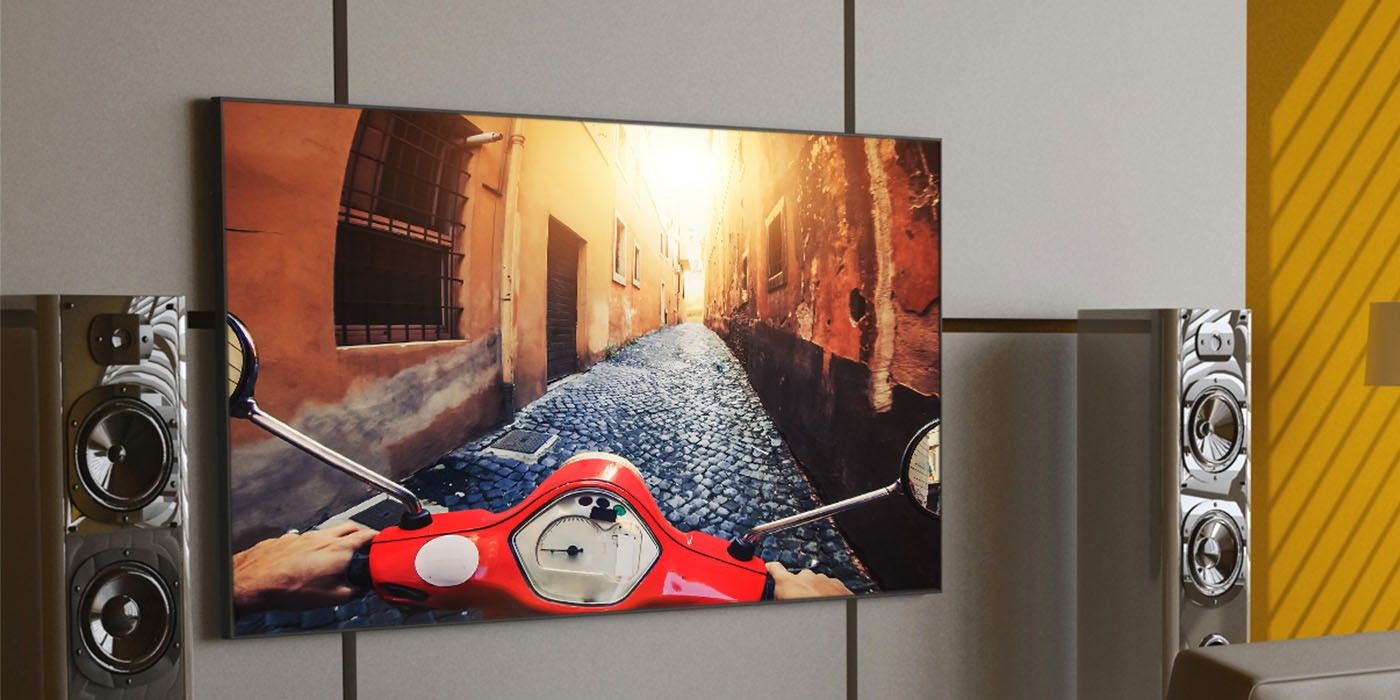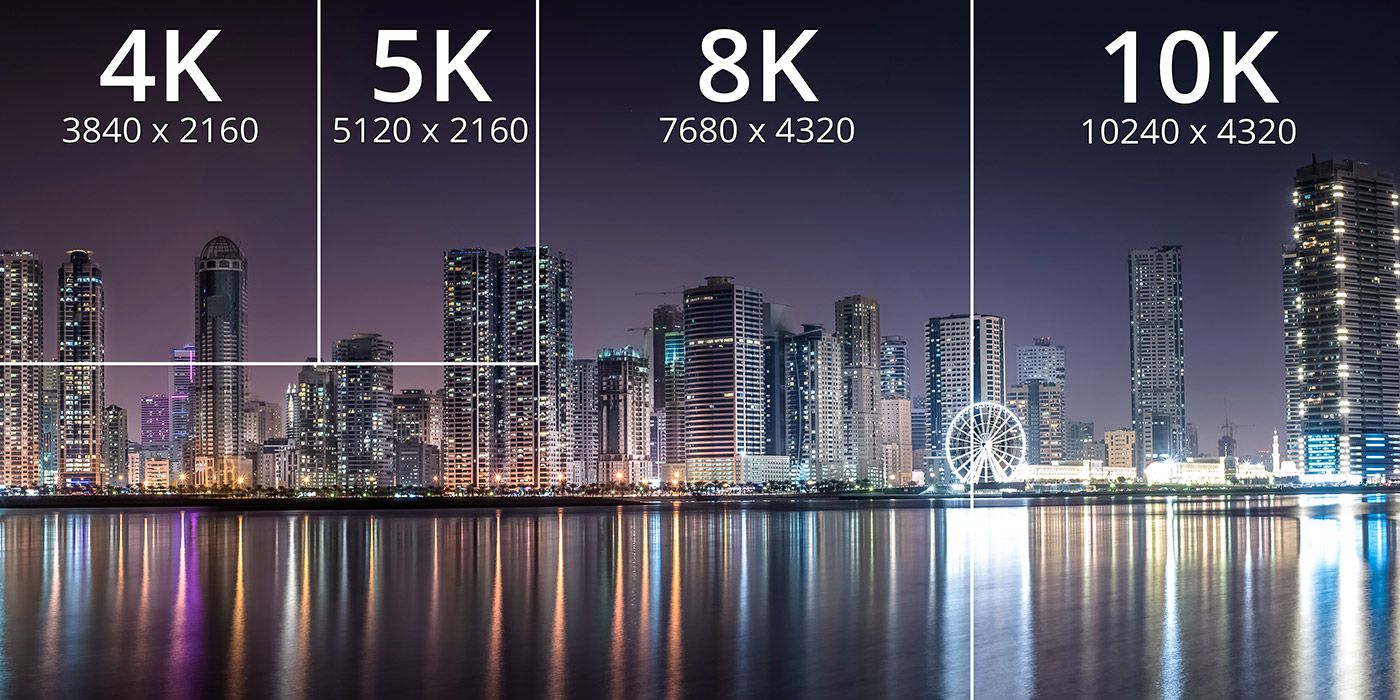The latest version of High-Definition Multimedia Interface (HDMI) is HDMI 2.1, and it brings significant upgrades over the older version. The HDMI cable has existed for nearly two decades to transmit high-end digital video and sound. The interface allows for sending uncompressed digital video and sound signals from a source device such as a streaming TV dongle like the Google Chromecast with Google TV to a recipient device such as a TV.
There are various ways to send video and audio data from one device to another. The most popular one is HDMI as it is supported by a lot of devices, especially TVs, set-top boxes, computers, game consoles, and soundbars. Another popular one is a DisplayPort, but it is mainly found on computers.
The new HDMI 2.1 standard is already available on some TVs and game consoles such as the PlayStation 5 and Xbox Series X/S. One of the impressive upgrades it brings is support for up to 10K native resolution instead of the 4K resolution HDMI 2.0 maxes out at. In addition, its support for 4K video at 120fps allows for a far smoother experience than the 4K at 60fps mode of HDMI 2.0. Variable Refresh Rate (VRR) is another new feature and is the HDMI equivalent of Nvidia's G-Sync and AMD's FreeSync technology. The adaptive sync technology prevents screen tearing — a situation where multiple frames are displayed simultaneously due to the video source and the display having different refresh rates. With VRR, the display's refresh rate adapts to the video source's (graphics card or game console). Dynamic HDR is also another notable upgrade worth mentioning. Unlike (static) HDR, which applies one wide contrast range to all content, it adjusts each frame or scene to look its best.
Is HDMI 2.1 A Compulsory Upgrade?
The advantages of HDMI 2.1 provide an improvement in how content is consumed and experienced. However, some of these upgrades are hinged on other requirements. For example, the content available from most TV stations and streaming platforms is capped at 4K at 60fps. Since there is no 8K or 10K resolution content to consume, buying a TV or monitor with HDMI 2.1 for this sole purpose is not advised. However, you can enjoy the benefits of Dolby Vision or HDR10+ (both offer the same benefits of Dynamic HDR) from select shows and movies on Disney+, Amazon Prime Video, or Netflix. But only if you have a compatible TV and streaming device such as Chromecast with Google TV or Apple TV 4K. The smoothness of 4K 120fps gaming is tempting too. So those who own a PS5, Xbox Series X/S, or a PC with a graphics card that supports HDMI 2.1 can find owning a TV or monitor with HDMI 2.1 support necessary. There is also the benefit VRR brings.
The good news is that as more devices with HDMI 2.1 become available, there will be an increase in the content that takes advantage of its features. Consumers in the market for a new TV or monitor can buy a device that supports HDMI 2.1 to enjoy the benefits.
Source: HDMI


